At my last embroidery guild meeting, we learned how to do blackwork embroidery and were shown the EGA pattern Learning to Love Blackwork by Linda Dorril (if you become an EGA member, you will have access to it to try for yourself!).
I have come across blackwork embroidery on the great internet before, and I did not think much of it. It uses counted cloths which I haven’t been a fan of in the past, and it looked simple enough: a single thread with simple geometric designs.

Alas, I was naive. Blackwork is one of the most difficult things I have done in the embroidery realm. Counting really matters, and the more complex the design, the more focus needed! The method we used was the Holbein stitch, sometimes also called the double running stitch. I prefer calling it Holbein because it is named after Hans Holbein the Younger, a painter who visually preserved the embroidery in his paintings of Henry VIII (yes, that one). Some believe that his first wife Catherine of Aragon (whom survived his worst ill temper but that he divorced through annulment) made it a popular style for the well-to-do. I have an art history background, so I loved that it is part of Holbein’s world (I first was introduced to his “the Ambassadors” with a sneaky skull) and I really truly enjoyed Showtime’s The Tudors, so the combination was fascinating.

The most difficult aspect for me wasn’t the counting – I felt like I met my match in a world of sewing that married itself to another pastime of mine: puzzle-solving. It was neat; it was fun; it was surprisingly tricky sometimes. I kept exclaiming to Boy how I just couldn’t get over how naive I was before I began! By “skipping” every other stitch, sometimes it was difficult to know where you were going. No, the difficult part was that Holbein stitch is traditionally used on fabrics of cloth where you’d see both the front and back (like the cuff of a flouncy sleeve). Thus, the front and back needed to look identical and nice. The backside looking nice? Not my strong suit. Although the image below looks decent (except for the blurriness and giganto knots), I decided no one would be seeing my backside and just sewed as usual. I’d say about ⅓ is done in correct blackwork style, but the other ⅔ went off key a bit (okay, quite a bit sometimes!).

The other issue is that I went off the chart and tweaked the design without drawing it out. I shifted center; I expanded the shape a little; I added extra bits to fill in what I felt like were way-too-noticeable gaps. Perhaps that was seeking a level outside of my beginner skill. Much undoing, redoing, undoing, and redoing was had. But eventually I gave in to my frustrations and the idiosyncrasies I had created and decided I had a finished product.
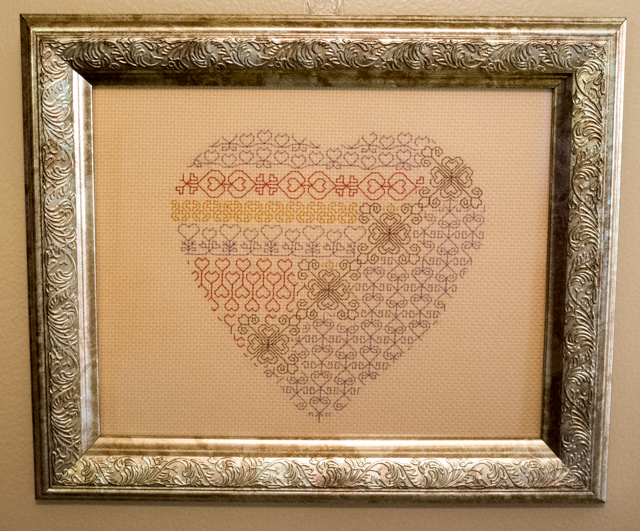


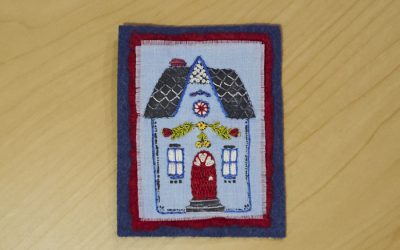




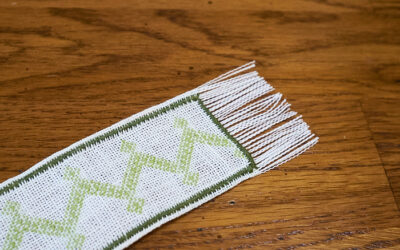



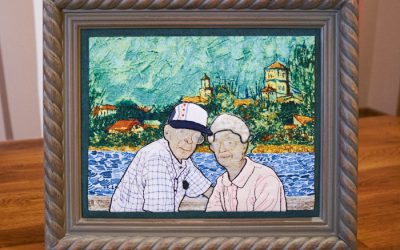

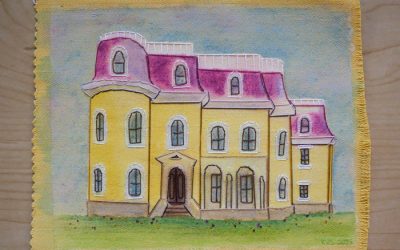
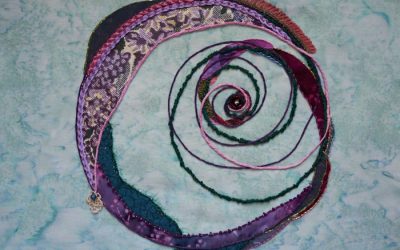


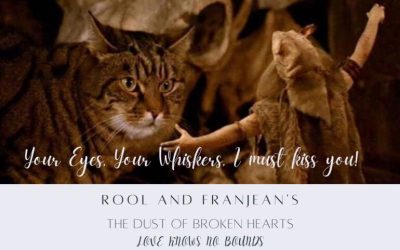

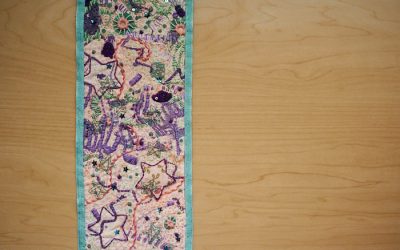
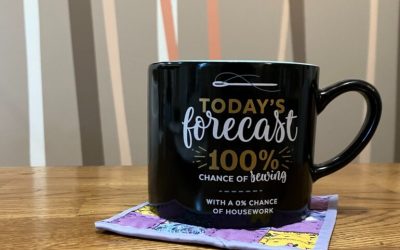
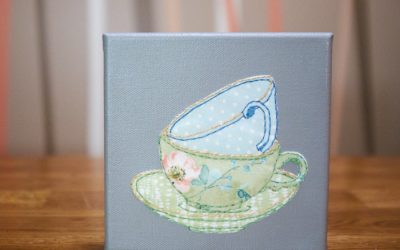
I am a member of a local needlework guild and am trying to find the pattern and instructions for the “Learning to Love Blackwork” with no success. Could you tell me where I may be able to find the instructions. Thank you for your help in this matter.
Hi Melanie! Here is the link for the free project:
Learning to Love Blackwork
I’d love to see what you come up with!